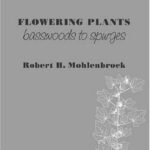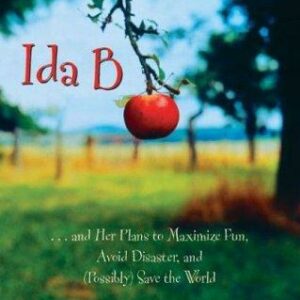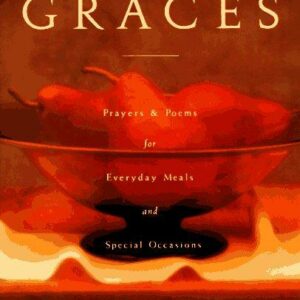Flowering Plants: Basswoods to Spurges
$30.00
| Title | Range | Discount |
|---|---|---|
| Trade Discount | 5 + | 25% |
- Description
- Additional information
Description
This is the fourth volume in The Illustrated Flora of Illinois devoted to dicotyledons, or dicot plants. Dicots are the greatest group of flowering plants, exceeding the monocotyledons, or monocots. Dicots produce a pair of seed leaves during germination while monocots produce only a single seed leaf.This volume contains four orders and ten families of dicots. The orders included in this volume are Malvales, Urticales, Rhamnales, and Euphorbiales. Within the Malvales are the families Tiliaceae, Sterculiaceae, and Malvaceae. The families Ulmaceae, Moraceae, and Urticaceae comprise the Urticales. Rhamnaceae and Elaeagnaceae make up the Rhamnales. The Euphorbiales include only the Thymelaeceae and the Euphorbiaceae.
This volume contains four orders and ten families of dicots. The orders included in this volume are Malvales, Urticales, Rhamnales, and Euphorbiales. Within the Malvales are the families Tiliaceae, Sterculiaceae, and Malvaceae. The families Ulmaceae, Moraceae, and Urticaceae comprise the Urticales. Rhamnaceae and Elaeagnaceae make up the Rhamnales. The Euphorbiales include only the Thymelaeceae and the Euphorbiaceae.
Robert H. Mohlenbrock taught botany at Southern Illinois University Carbondale for thirty-four years, obtaining the title of Distinguished Professor. After his retirement in 1990, he joined Biotic Consultants as a senior scientist teaching wetland identification classes in twenty-six states to date. Mohlenbrock has been named SIU Outstanding Scholar and has received the SIU Alumnus Teacher of the Year Award, the AMOCO Outstanding Teacher Award, and the Meritorious Teacher of the Year Award from the Association of Southeastern Biologists. Since 1984, he has been a monthly columnist for Natural History magazine. Among his fifty books and more than five hundred and sixty publications are Macmillan’s Field Guide to North American Wildflowers, Field Guide to the U.S. National Forests, and Where Have All the Wildflowers Gone?
Additional information
| Weight | 1 oz |
|---|---|
| Dimensions | 1 × 6 × 9 in |









